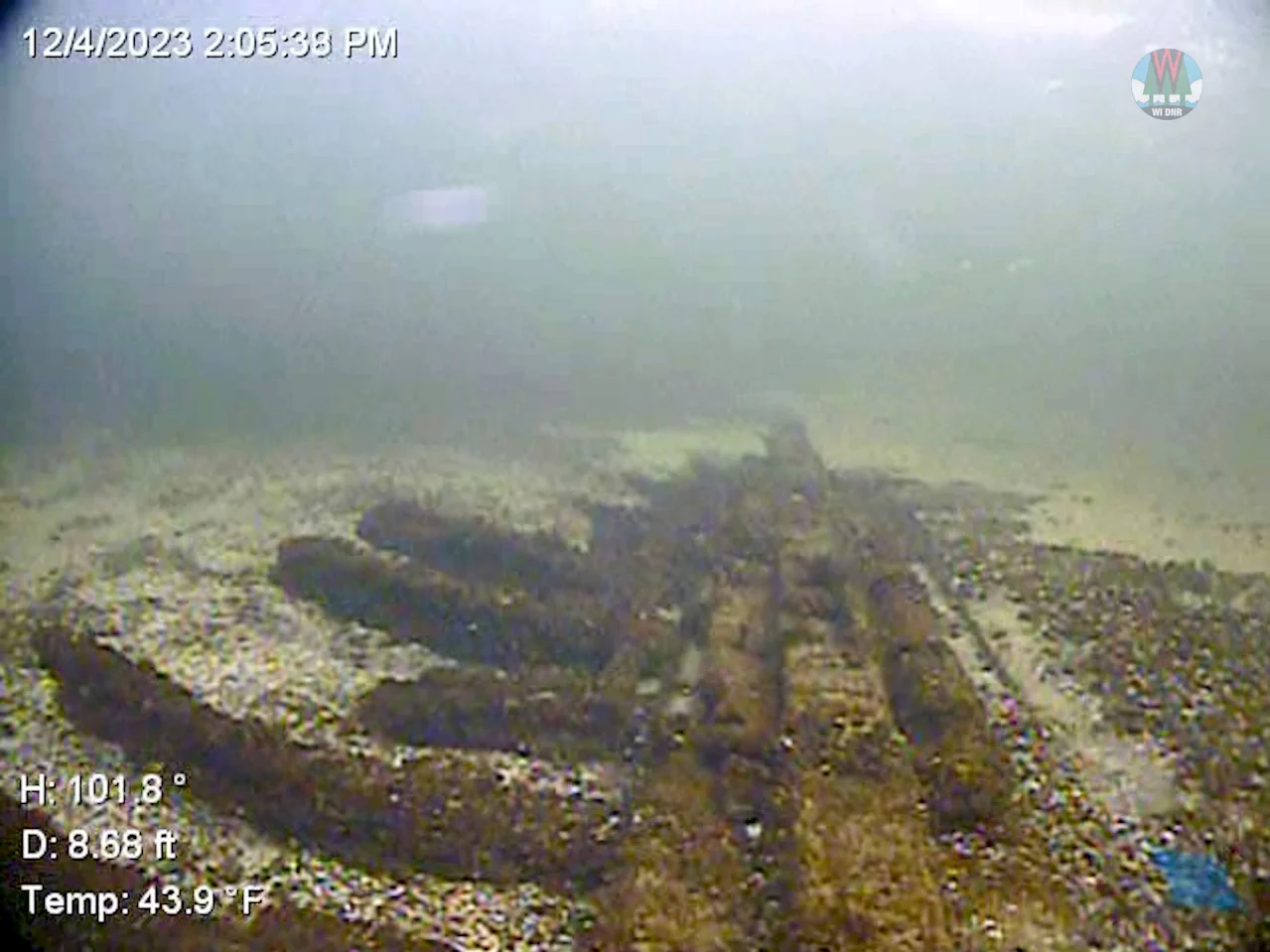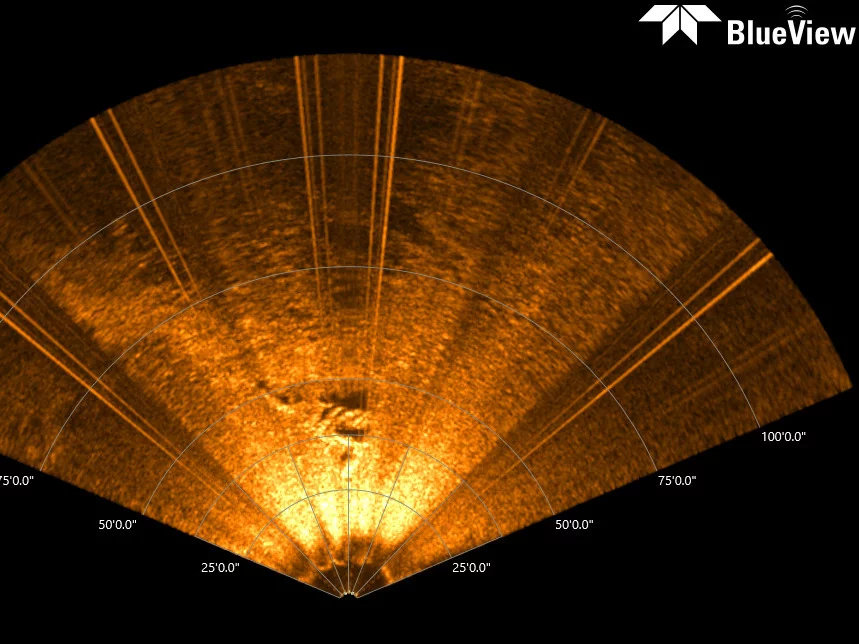While enjoying a fishing expedition near Green Island in Green Bay, Wisconsin, Tim Wollak and his 5-year-old daughter, Henley, stumbled upon an unexpected find with their fish finder sonar device. Initially mistaken for a rare freshwater octopus by Henley, the images captured on the sonar are believed to be the wreckage of a missing ship that vanished over 150 years ago.

According to Tamara Thomsen, a maritime archaeologist for the Wisconsin Historical Society, the discovery is likely the remnants of the George L. Newman, a ship built in Black River, Ohio, in 1855, and once used in the lumber trade. The ship met its fate during the infamous Peshtigo Fire of 1871, considered the deadliest wildfire in American history, claiming the lives of over 1,200 people and devastating northeastern Wisconsin.
On the ill-fated day of the fire, the Newman was navigating through dense smoke from the blaze while attempting to deliver a lumber cargo from Little Suamico to Green Bay. Hindered by poor visibility, the ship ran aground on the southeast end of Green Island in Lake Michigan. Although the crew managed to salvage cargo and wait for rescue on the island for about a week, the ship remained stranded. Over the years, storms and ice caused the vessel to break apart and become concealed beneath sand until recently uncovered by the Wollaks.

Despite the historical significance of their find, Henley expressed some disappointment, hoping for a treasure to accompany the boat. Wollak shared, “She was hoping that there would be some treasure that we could get to keep from the boat.”
The Wisconsin Historical Society, in collaboration with the Wisconsin Department of Natural Resources, plans to conduct an exploration of the shipwreck in the spring to confirm its identity. This discovery serves as a captivating glimpse into the maritime history of the region, offering insights into a bygone era.





